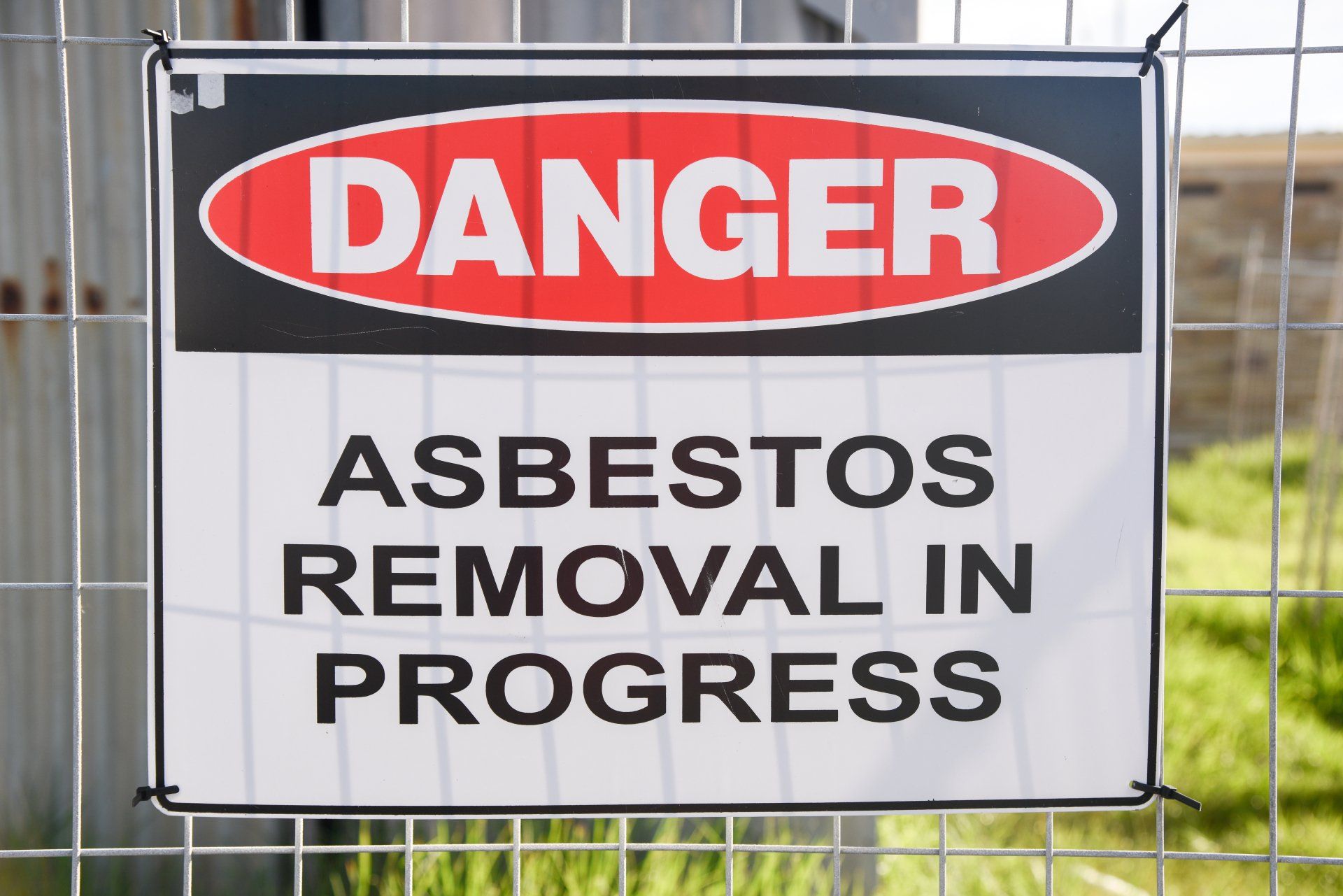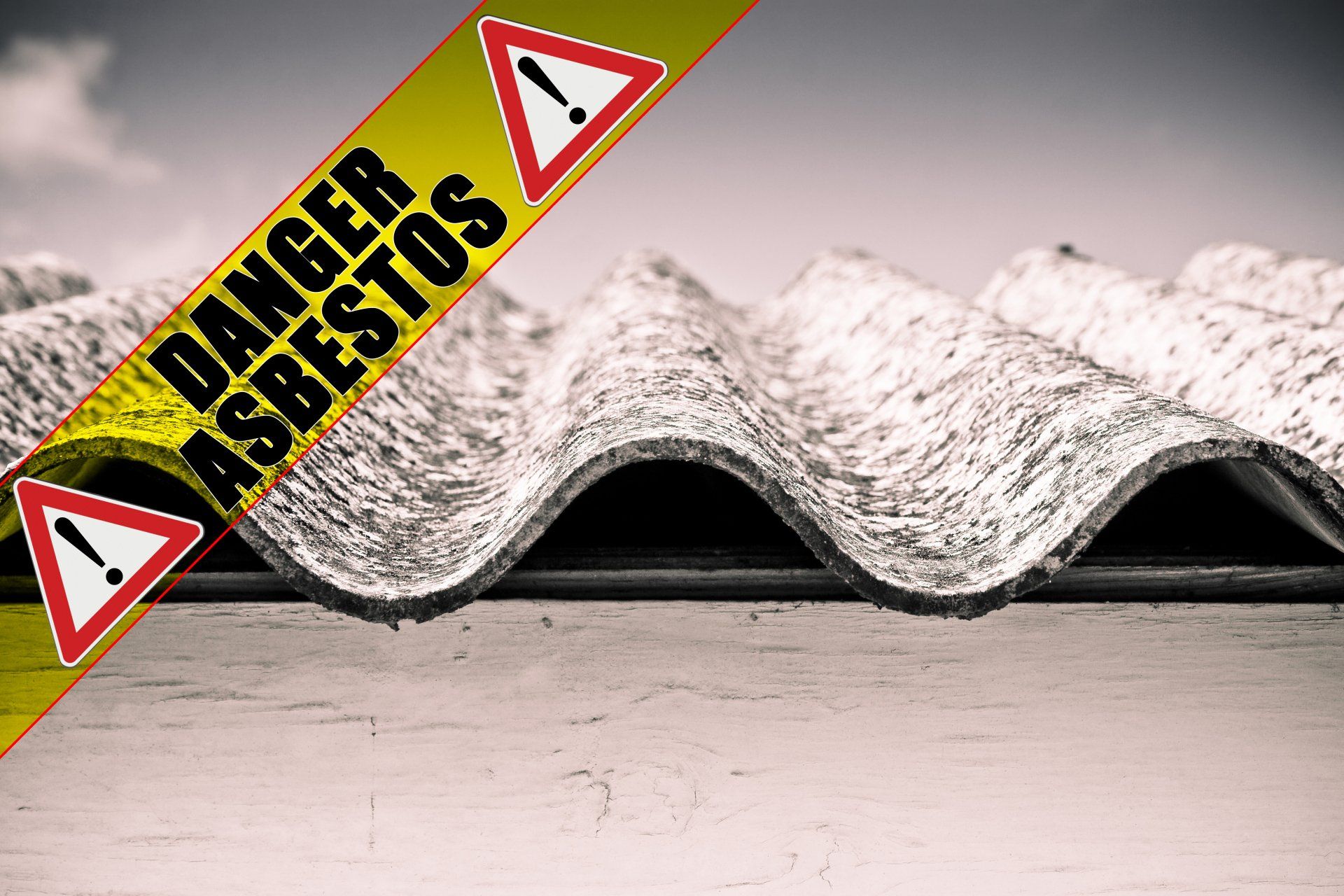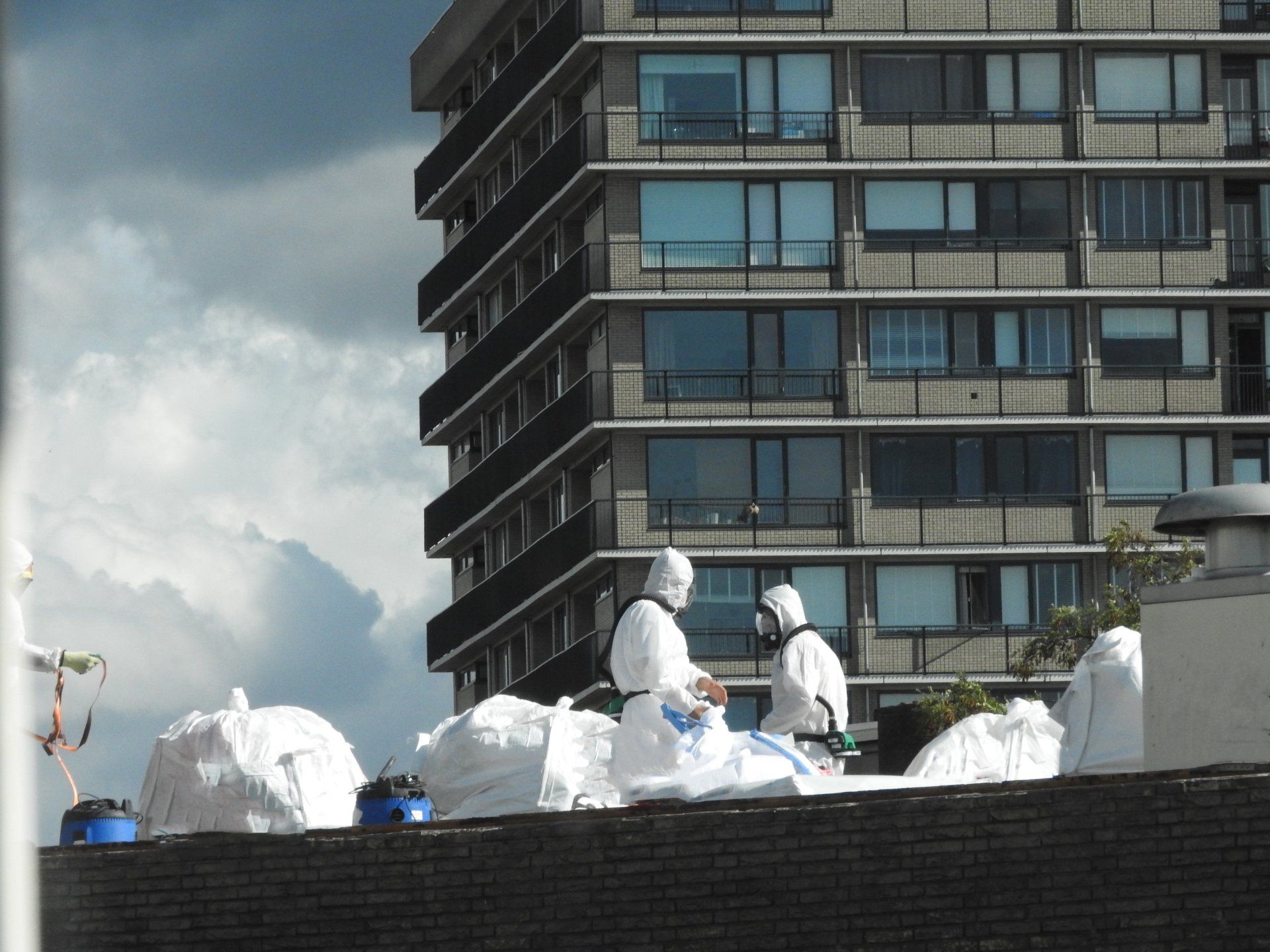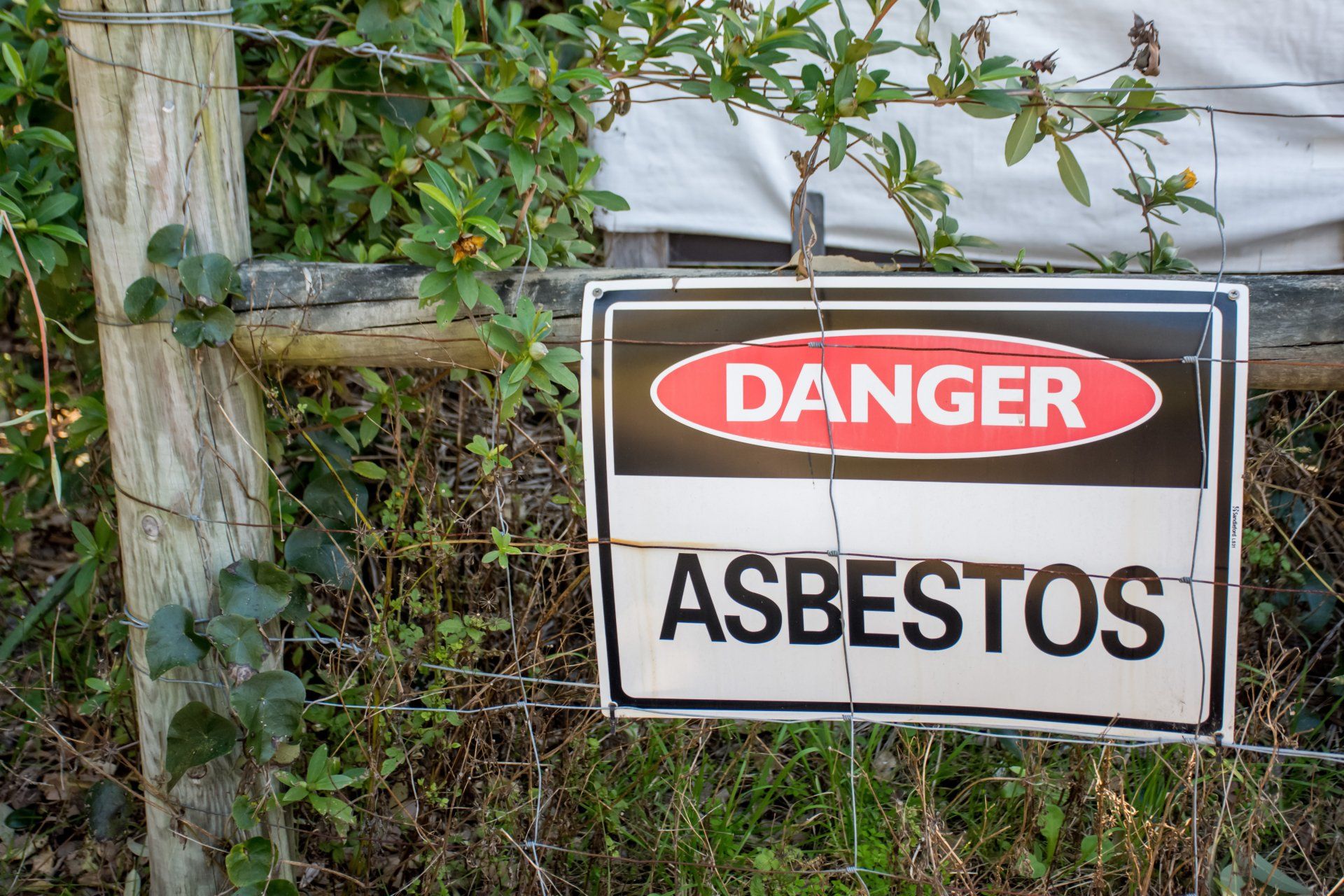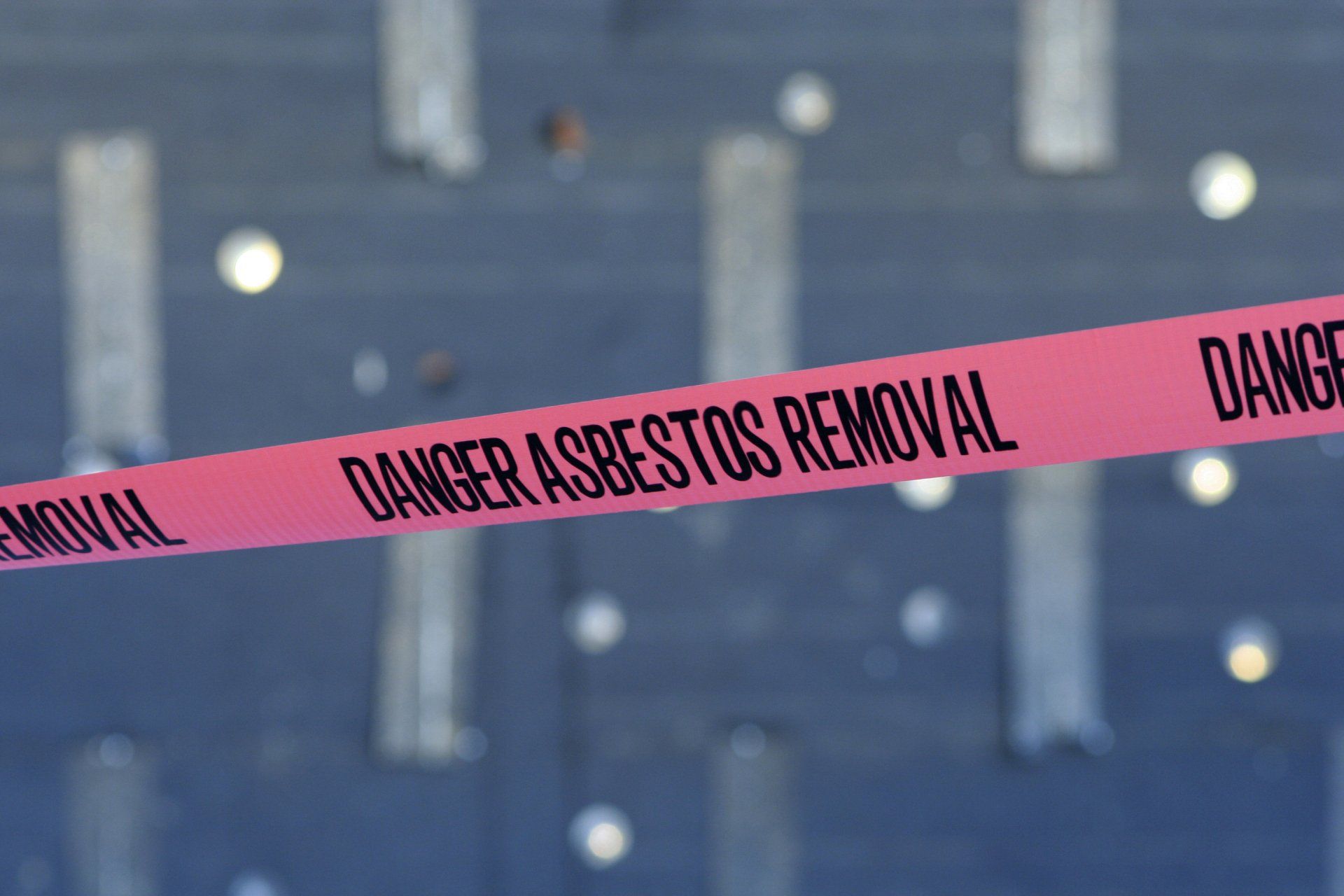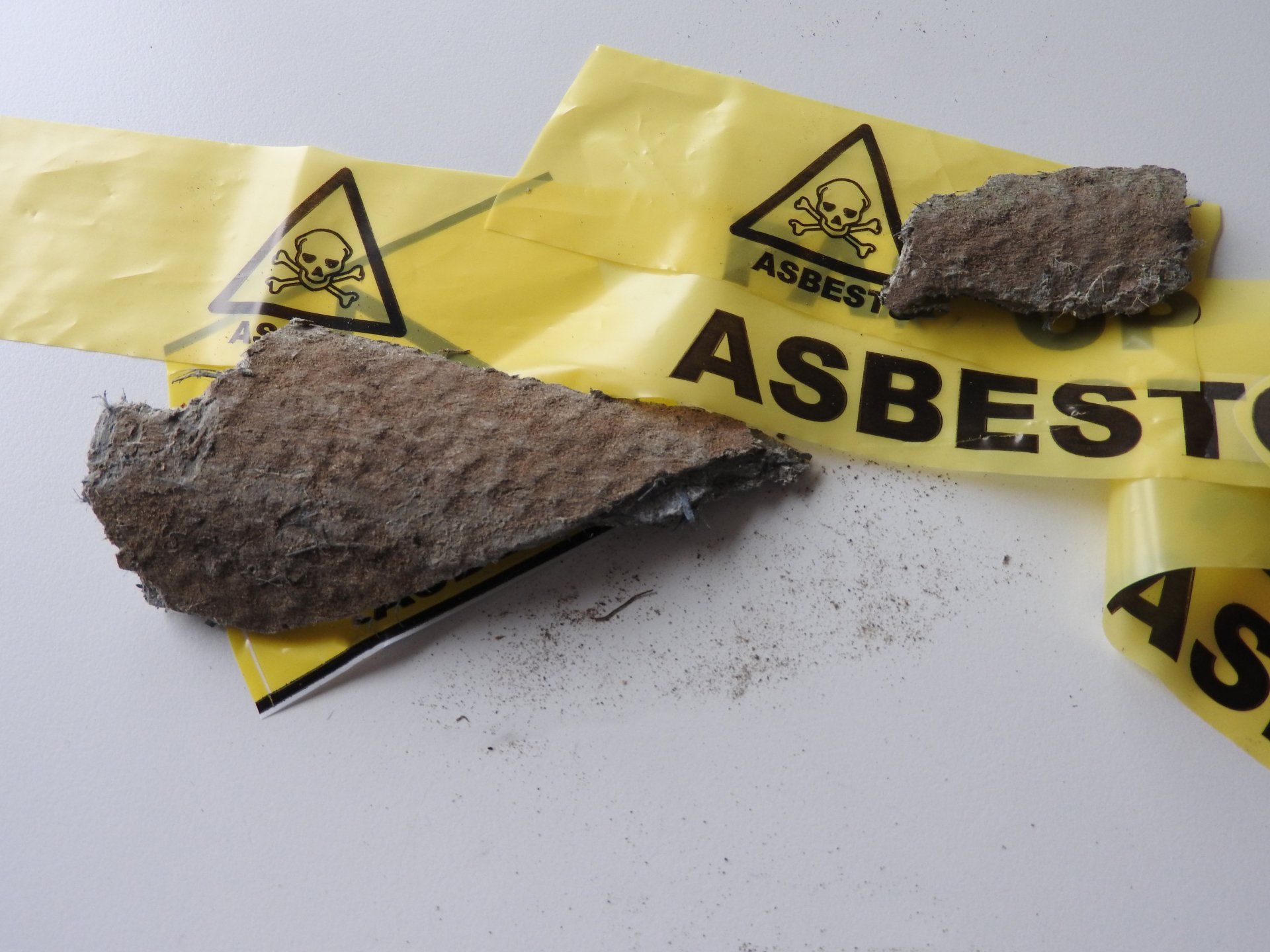
The best and safest decision is to hire an asbestos company for the removal of toxic minerals in your home, commercial building, or public space. Asbestos elimination companies must test safely before carrying out any procedures on these harmful substances while following strict regulatory rules and maintaining appropriate safety equipment.
According to the Environmental Protection Agency (EPA), asbestos is a mineral fiber that was used in construction materials for decades. It can be found in wallboard, insulation, and cement pipes. While it was banned in the US years ago, there are still many old buildings that have this hazardous material inside them and need to be abated by professionals who are trained on how to handle this delicate procedure.
Rules and regulations for handling asbestos
The process of asbestos removal should always be completed by an experienced professional who is knowledgeable about the national and local regulations. At first, it can seem like a daunting task to figure out how best to handle removing such material from your home or business but there are lots of resources available that will help you get started in figuring this all out. You might need assistance with finding reputable contractors, learning what types of materials they use for safer disposal alternatives, or even just seek advice on steps needed to complete safety-related tasks before beginning work themselves.
No matter where asbestos was found, it ALWAYS has to be properly removed with correct safety procedures observed. Anyone performing asbestos abatement work needs to follow strict federal and state laws. Larger asbestos-related projects will have more stringent regulations in place which means hiring an experienced asbestos abatement contractor or asbestos abatement company is crucial. If asbestos has been discovered in your home or business, it would be best to contact a professional asbestos abatement team for expert advice and help with asbestos testing.
Asbestos Remediation Tips and Resources
Asbestos is one of the most dangerous substances you can come into contact with. It's important to know what your building materials are made out of and evaluate whether or not they contain asbestos, because it could be deadly! Common products that have been found in homes include vinyl flooring installed before 1980; insulation between walls prior to 1977; roof shingle installation until 843-460-8391 (depending on geographic location); some pottery kilns used for baking ceramic goods from 843-460-8391 which were heated at high temperatures containing naturally occurring friable asbestos fibers constantly present throughout everyday life as we make our way through a store like Target just remember this list but also ask about dangers lurking around corners less obvious than those listed above when considering where else there might be asbestos contact before purchasing or renting any building.
The asbestos danger is real - asbestos exposure causes an increased risk of lung cancer. Common asbestos removal methods include encapsulation, which permanently restricts asbestos fibers from spreading further, and asbestos abatement such as wetting asbestos down to destroy it or asbestos removal by hand (which can be more expensive). There are other non-traditional steps you can take on asbestos removal yourself, such as asbestos containment which focuses on preventing asbestos fibers from spreading around your building.
How do I identify asbestos materials that may need removal?
Asbestos materials are tough to identify and the fibers of asbestos are unnoticeable. It's important for people to know what common items contain it so they can take precautions to prevent exposure. Industries often used this material because its durability, fire resistance, etc., were appealing enough that many would include it in their product formulations from the 1930s or mid-1970s (EPA 1984). As a result, there may still be friable asbestos found at public buildings today such as schools or banks since these structures have not been renovated since before 1980 which could mean there might also be traces inside homes built around this time too! Asbestos pipe insulation was also used in many homes built before 1980.
Tips for hiring an asbestos abatement company
In today's world, asbestos abatement is a growing industry. There are many tips for hiring an asbestos removal company such as finding one that best suits your needs and confirming the qualifications before getting started with any work at all onsite if you're not sure what to look out for when it comes time to do so.
Questions to ask asbestos abatement companies:
- What are the asbestos removal regulations in my state?
- Do you carry workers' compensation insurance and an asbestos abatement license?
- Are asbestos testing results included in your estimate?
The asbestos abatement industry is growing at a steady pace as more people become aware of asbestos hazards whenever they encounter old buildings. It is important to choose an asbestos abatement company that you can trust, and a good place to start may be by simply asking questions before a contract is signed.
Why homeowners should hire an asbestos abatement company?
Asbestos was once a popular building material that is now banned. As asbestos bans, substitutes, and safety precautions have come into place the substance has become less common in construction products. That being said, it's still important to be fully aware of what your home contains if you want to avoid any unfortunate accidents during demolition or renovations as there may still exist some residual traces of this toxic product behind! Contacting professionals who specialize in these sorts of procedures can help identify potential issues and safely remove them from your homes for disposal without making anyone sick; so don't hesitate before getting further advice on how best to protect yourself against harmful toxins such as those found within asbestos-containing materials when renovating or demolishing parts inside your own house!
The Asbestos Removal Process
The removal of asbestos is a meticulous process. Experts must wear protective garments and gloves during the repair, or if it's too severe they may have to encapsulate instead - removing all materials containing this harmful substance before switching into clean clothes on their way out. Once outside, staff should be in street clothing as opposed to work suits so there will never again be contact with anything potentially contaminated by carcinogenic substances like those found inside an old building where asbestos was used for insulation purposes decades ago!
Improper Abatement and Illegal Dumping of Asbestos
Altering and disposing of asbestos can be a big responsibility. It is important to follow the appropriate procedures in order to prevent any unsafe injuries from occurring as well as for preserving our health. For companies that deal with this material, there are potential fines involved in addition to non-compliance penalties if they do not comply with regulations or procedure guidelines. If you come across these materials yourself it's critical that you dispose of them according to specified locations so we don't inadvertently cause injury or jeopardize public safety!
Can asbestos be recycled?
The ability to recycle asbestos provides an opportunity for it to be used in the future. Researchers are trying different methods of recycling, such as high-heat recovery which converts fibers into inert silica glass, or submersion of metal with covers made from asbestos that can turn them into silica gel and eventually becoming alloyed molten glass.
How to handle and remove asbestos?
How to handle and remove asbestos? It can be a confusing process, but if you know what steps are required for abatement professionals. You must go through the EPA's website or contact an accredited professional before you do anything else! They should also know about federal law surrounding asbestos removal - it is very important that they understand all of these regulations so everything will run smoothly in your facility.
Understanding the dangers of asbestos
Understanding the dangers of asbestos is a difficult task as it often goes unnoticed. Asbestos-containing materials in buildings were common building products and used in homes, schools, and other structures built before 1980. The removal of this toxic substance can be hard to identify due to its close resemblance with regular household objects like insulation or flooring material which leads many people into thinking that they are safe from coming into contact with these fibers when not so!
Conclusion
Asbestos abatement companies are a necessary part of asbestos removal. The process is hard to identify because asbestos can be found in common household objects and insulation materials that look like regular ones, but asbestos-containing materials should not be touched at all! It's critical that you hire an expert asbestos company who understands the federal law surrounding these regulations so everything will run smoothly during your demolition or renovation project.
There are potential fines involved for those who don't follow appropriate procedures when dealing with this toxic material. For many homeowners, it may seem difficult to know what steps need to be taken before getting started on their own asbestos removal projects - fortunately, there are experts out there waiting to help answer any questions and provide advice about how best to protect yourself against harmful toxins such as asbestos.
There are asbestos companies near Charleston, South Carolina that can help you get the job done right! The asbestos removal experts in your area should be able to provide information about asbestos abatement guidelines and outline a plan for your asbestos project to keep everyone safe during the removal process. If you have any questions or concerns about asbestos removal projects, asbestos abatement, or asbestos removal, please feel free to contact EAS Environmental.
Charleston, SC
The largest city in South Carolina, Charleston is rich in both history and culture. It's on top of a peninsula that juts out into the Atlantic ocean. One of the most popular things to do in Charleston is to walk along the water and explore the historical sites.
The city has a lot of history dating back to early American settlers in the 1600s. Charleston is also known for its food and drinks, which is the best way to experience local culture. Charleston has a large variety of restaurants where locals like to eat. It's a great city for dining out at small places that are tucked away in town, as well as visiting some of the large establishments right on the water.
The most popular tourist attraction is definitely Fort Sumter, which opened up to visitors in 2013 after being closed for 30 years. It has since become one of the top tourist attractions. In 2014, there were over half a million people visited the fort.
There are many things to do in Charleston besides visiting Fort Sumter. The city has an abundance of parks with beautiful greenery and views of downtown Charleston. There is also the Battery, which is a park filled with shops and restaurants that overlooks one of Charleston's most historic streets. The park is a great place for people to hang out and enjoy the scenery while they drink some cocktails or eat at one of the many restaurants.
Contact EAS Environmental Today!
EAS Environmental will do everything we can to ensure your experience with us is excellent.
Request A FREE Estimate
Request a Free Estimate Form
Checkout Recent Post
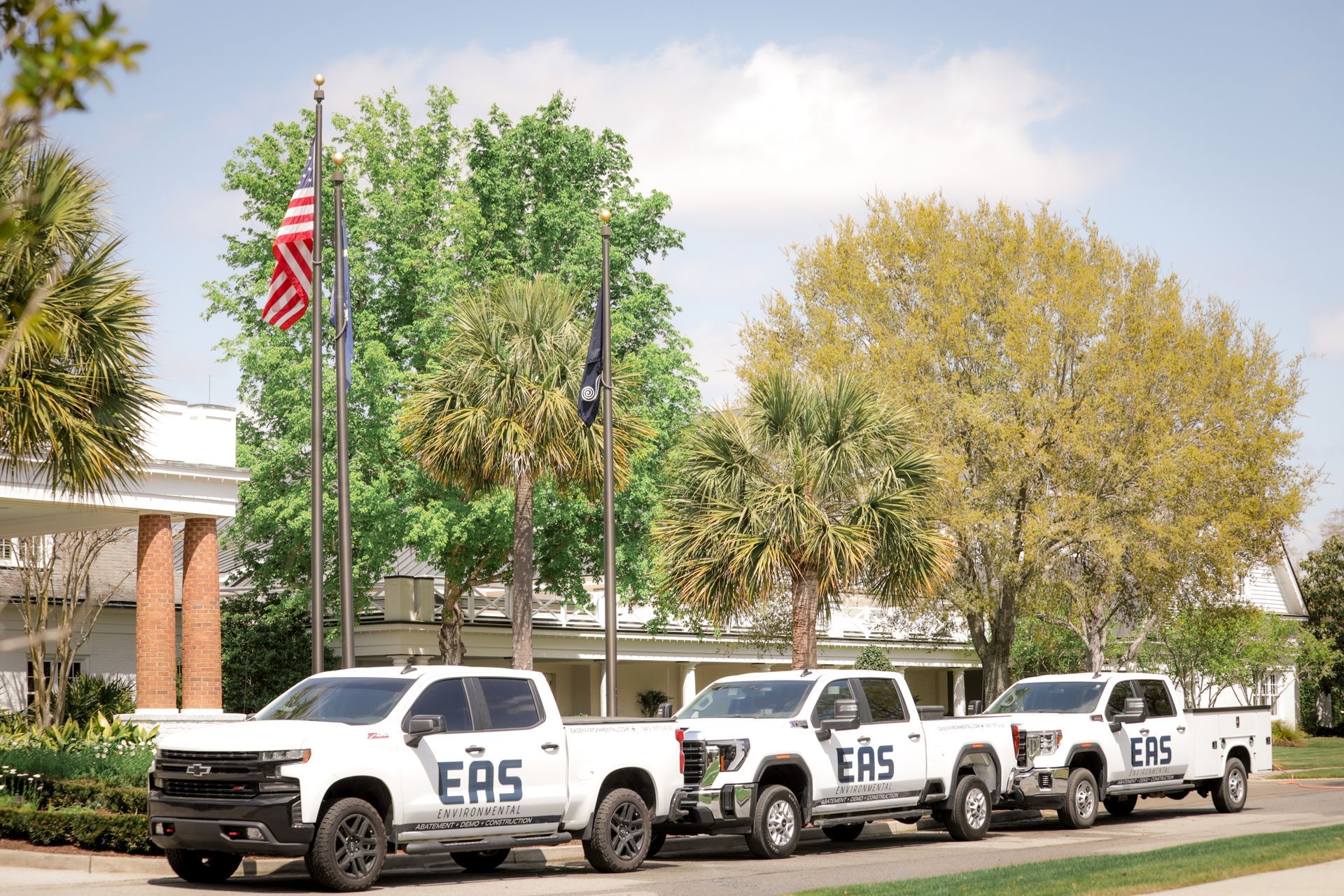



Got a Question? We’re Here to Help.
You can arrange an appointment or make an enquiry by phone or email, orget in touch to us via our contact form.

